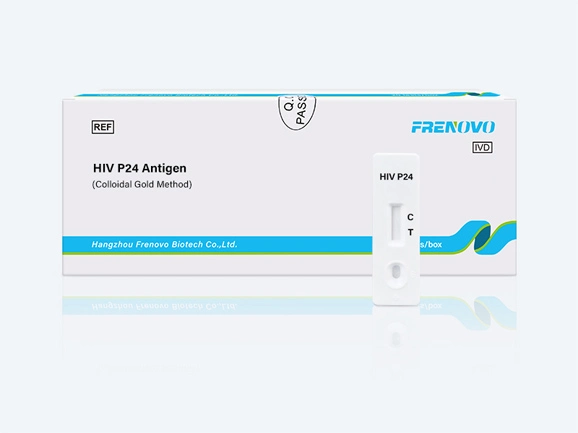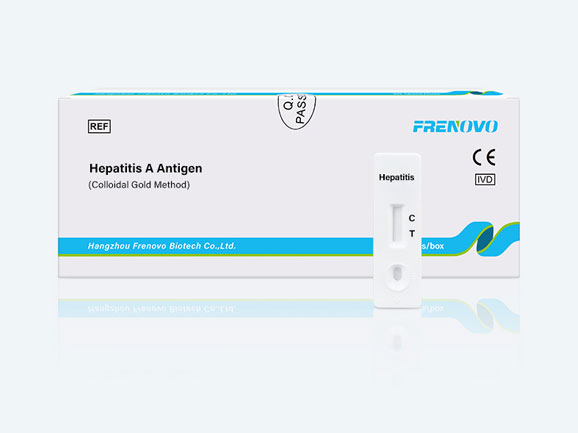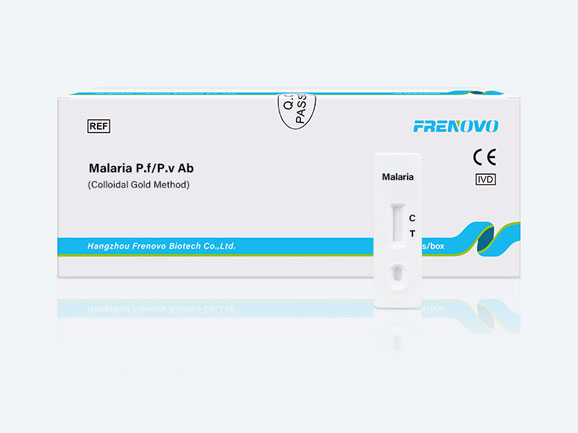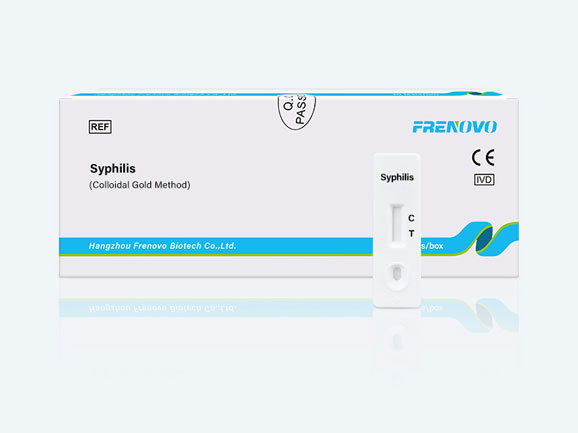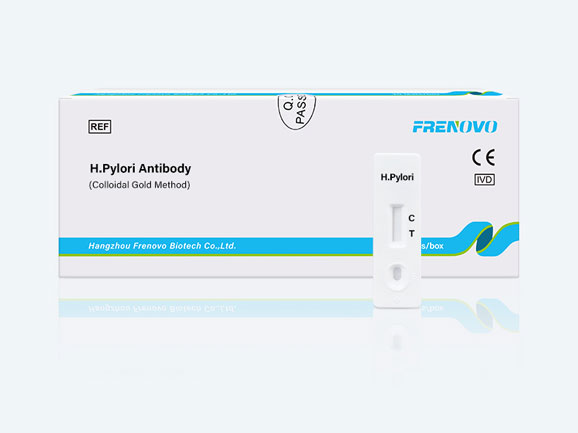

For the rapid detection of antibodies to H. pylori in human whole blood or serum.
The H. Pylori Rapid Test is a chromatographic immunoassay (CIA) for the rapid determination of antibodies to H. pylori in serum and/or whole blood specimens.
Helicobacter pylori (H. pylori), previously named Campylobacter pyloridis, is a Gram-negative, microaerophilic bacterium found in the stomach. It was identified in 1982 by Barry Marshall and Robin Warren, who found that it was present in patients with chronic gastritis and gastric ulcers, conditions that were not previously believed to have a microbial cause. It is also linked to the development of duodenal ulcers and stomach cancer. However, over 80 percent of individuals infected with the bacterium are asymptomatic and it has been postulated that it may play an important role in the natural stomach ecology.
The H. Pylori Test device consists of a chromatographic absorbent membrane strip pre-coated (Test zone) with H. Pylori antigen (Cag A included). In the test procedure, the specimen is added to the sample well and allowed to migrate via the capillary action. When migrating along the chromatographic membrane, the antibody specific to H. Pylori in the specimen will be reacted with an H. Pylori antigen dyed with gold particles and migrates up. If there is H. pylori specific antibody present in the sample, a rose-pink color band appears in the Test zone. In the absence of H. pylori antibodies, there is no formation of a rose-pink color band in the Test zone. Unbound conjugate pass by and binds to the reagents in the Control zone, producing a rose-pink color band, demonstrating that the reagents and device are functioning correctly.

